What type of material should you build garden beds for growing food. Often we are asked what type of raised bed we prefer to use in our suburban patch. There are a range of options and in this post I have put together a break down of options to suit the Australian conditions.
Considerations for your raised bed
When it comes to choosing the right kind of material to create your raised beds there are a few things you may want to consider:
- Do you have termites that pose a risk to your house
- Do you live in a humid/wet climate where wood rots quickly
- Are you concerned about chemicals leaching into your soil
- Is your setup temporary or permanent
- Are you handy enough to DIY
- How big is your budget
Why use a raised beds?
There are a range of reasons why you may want to opt for a raised garden bed over planting directly in the soil.
- Soil Contamination
- Poor Soil Quality
- Ergonomics
- Aesthetics
- Maintenance
Soil contamination
Soil contamination can be an issue particularly in areas where high levels of lead can be found (old houses that had lead paint / previously industrial areas). Testing is available through Vegesafe or other soil testing companies.
Poor soil
Possibly one of the most common reasons you may want to build raised beds is due to the quality of your existing soil. Most topsoil has been removed during urbanisation so you may find you have very sandy or rock solid soil that isn't ideal for growing vegetables
Ergonomics
From a practical standpoint, as old age sets in, bending ain't as easy as it used to be so raising your garden to a more suitable height is more of an option. Raised beds are also better for those with certain mobility needs.
Aesthetics
Some people prefer the overall aesthetics of raised beds more than any other reason and that's why the opt for raised beds.
Maintenance
We have definitely found that raised beds are easier to maintain. They tend to accumulate less weeds.
If you're looking how to fill your raised bed on the cheap you can check out our video and blog here.
Types of raised beds currently available for vegetable gardens
- Treated Timber (ACQ)
- Untreated hardwood timber
- Cypress
- Corrugated Iron
- Rock/Stone
Treated timber raised bed
Treated timber will prevent bugs and fungi getting into your timber causing it to fail or rot. You can purchase treated pine that is said to be safe for growing food. When choosing treated timber you’ll want to look for ACQ timber (H4 and above) that has been water treated and not treated with arsenic. Have a chat to your local timber yard for the best advice.
Personally, I am still on the fence about using treated timber near my organically grown food, but it is said to be safe.
Untreated Hardwood timber raised bed
We live in an area that has a thriving community of white ants (termites), however I have still opted for untreated hardwood timber for the majority of our garden beds.
I know these beds aren’t going to last forever, but whether or not they do actually leach chemicals into the soil of food we eat or not, I am more concerned about the end of their lifespan. At least I know when they are done, I can chuck them in the fire pit or add them to the base of a new bed to break down without worry.
We also have a steel frame house so they don’t pose a huge risk to us and in general you should not be planting your gardens anywhere near permanent structures.
Cypress Raised Bed
If you live in a dry climate you might want to source some cypress timber. This one is resistant to white ants, but it is more expensive and a little trickier to source. Unfortunately, it’s not resistant to humidity and will rot just as fast as white ants will eat it if you live in a humid climate (like us). There are some pre-made commercial options on the market.
Corrugated Iron / Colourbond Raised Bed
These certainly last the test of time and if you’re wanting long term durability this is the best type to go with. We’ve now had our little Birdies corrugated iron beds* for 10 years and they’ve come with us to a few properties, super light so easy to move (when the soil has been removed). The problem is the initial setup cost as creating an entire garden can be cost prohibitive to most Australian Families. We do see lots appear on marketplace for bargain prices so keep your eyes peeled. We've repainted our beds (using a metal spray paint) to suit our new garden style and they have come up a treat.
You can DIY these yourself using sheets or get ones that have been curved into shape (less chance of cutting yourself!). We've seen some amazing hybrid ones made with a mix of iron and termite proof timber as well.
The downside I have found with these is the heat when sun hits them directly it can burn the plants. To combat this, I really make sure the beds are topped right up to the brim with soil, it seems more damage occurs to the plant foliage if it’s sitting near it as opposed to the soil, also opt for the larger sizes as well so the heat can disperse better.
*Not sponsored or affiliated, we just use and love them.
Rock & Stone Raised Bed
You can also make raised beds with rocks and stones. Whilst I haven’t done this in our garden, my parents used to have garden terraces made from rocks simply stacked on top of each other. You may want to avoid using concrete as you’ll find that it may affect your soil PH, and it can also cause a drainage issue.
If you’re using bricks, find out where they came from as some old bricks can have some nasty chemicals inside that can leach out to your soil so it's worth doing your research first.
Our preference for raised beds for your veggie patch
We currently use a mix of untreated hardwood timber and corrugated iron beds.

With our untreated hardwood beds we have already seen some considerable damage from white ants (4 years in).Moving forward any new beds we build we will opt for corrugated iron or colorbond so they survive our tough climate.
What kind of raised beds do you use and love in the Australian climate?
Need help designing your veggie patch?
Come join us inside Dirt Lovers to learn how to position, setup and maintain a thriving veggie patch.
Listen to this episode on the podcast here.
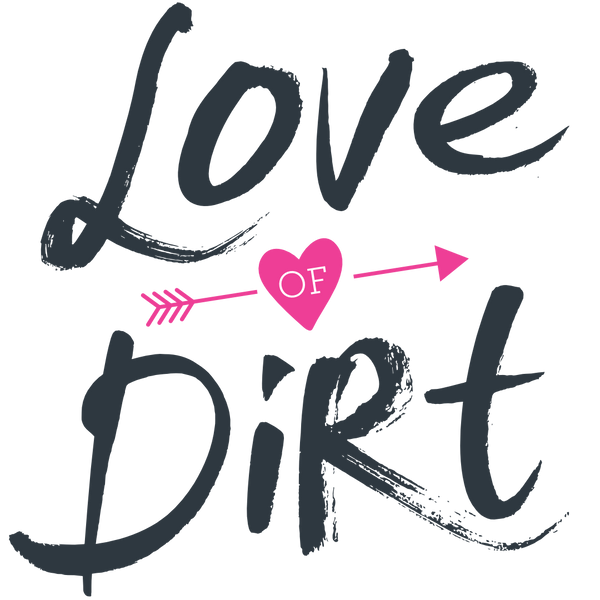
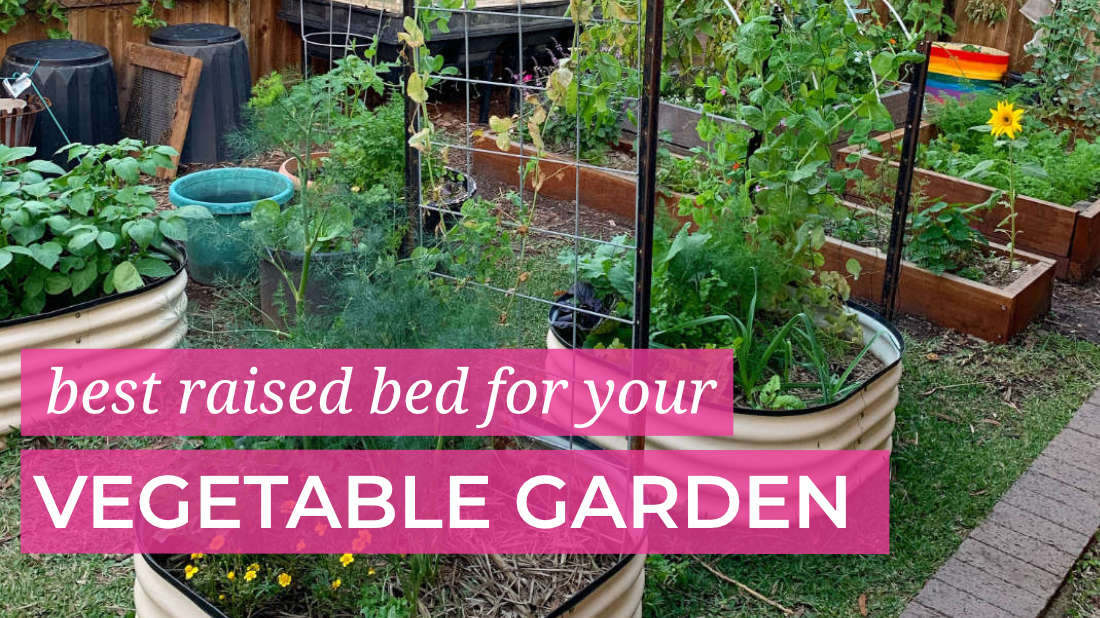
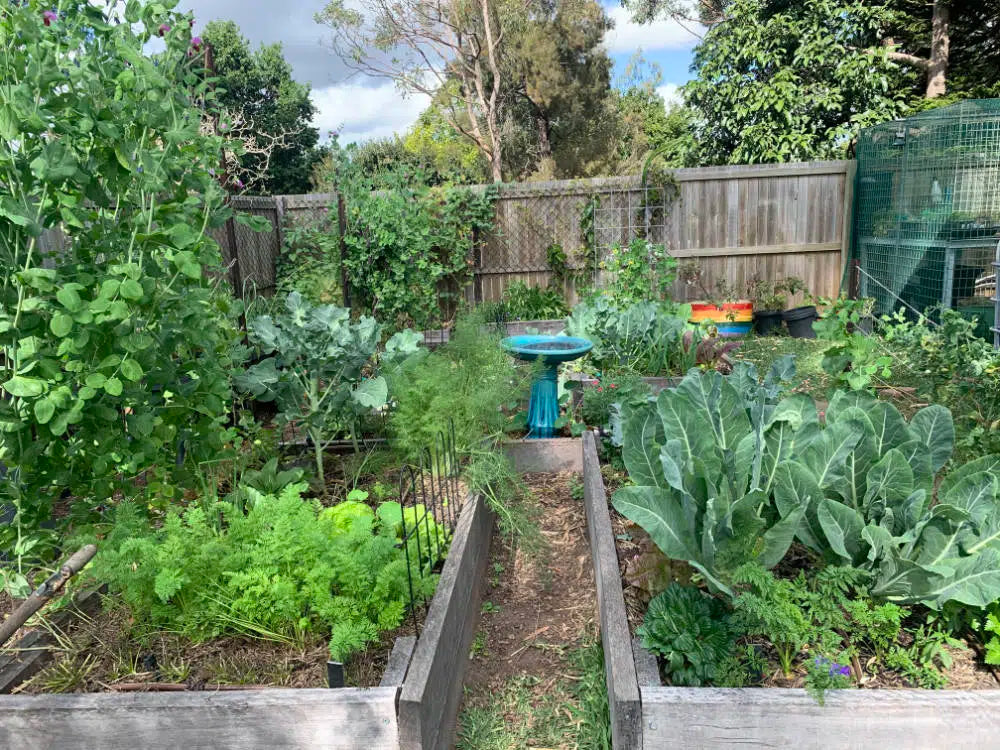
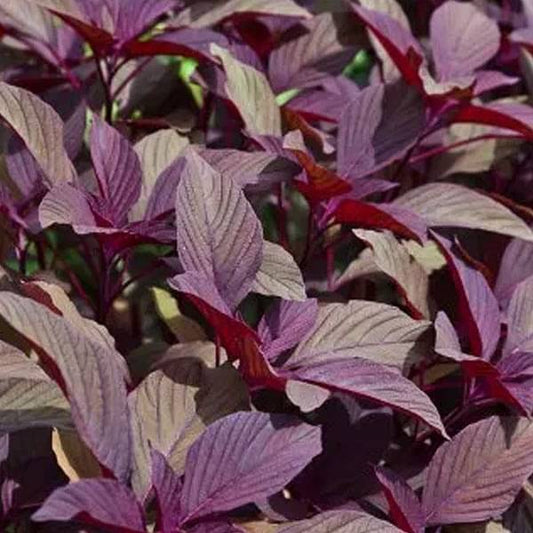

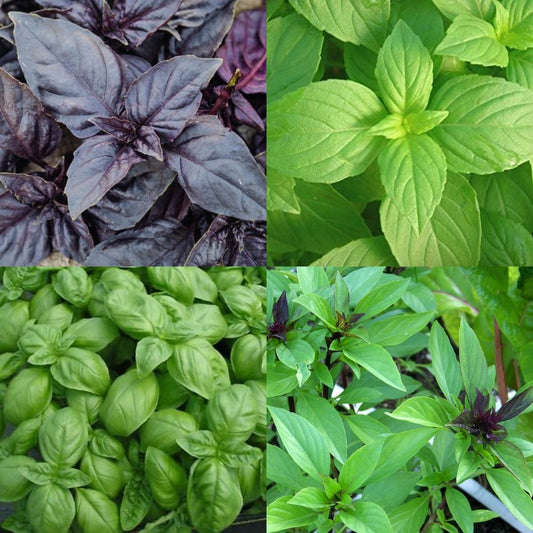
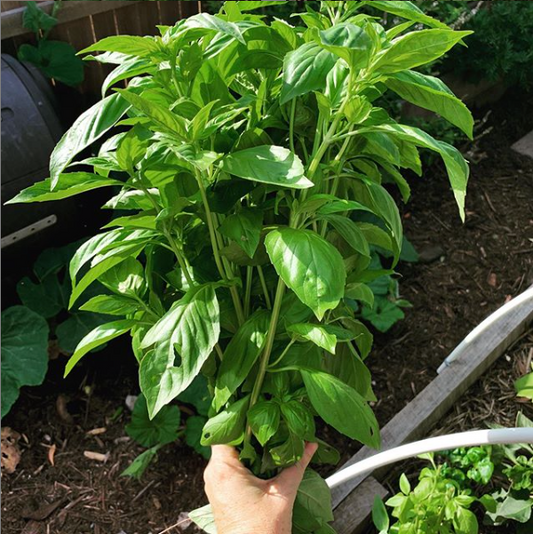
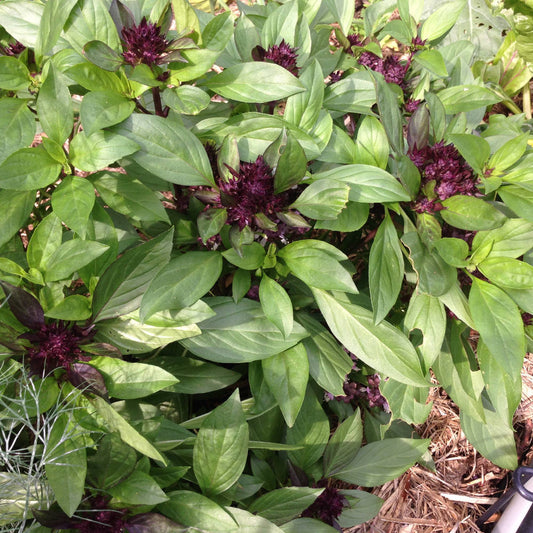
1 comment
Hi
I would like 8 veggie boxes built (Park Orchards) timber – about 2 metres x 1 metre x 60 cms. Can you help. Thank you